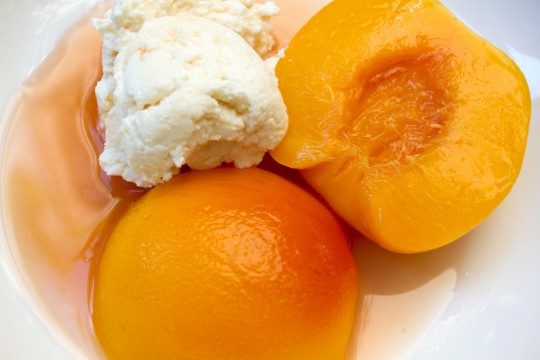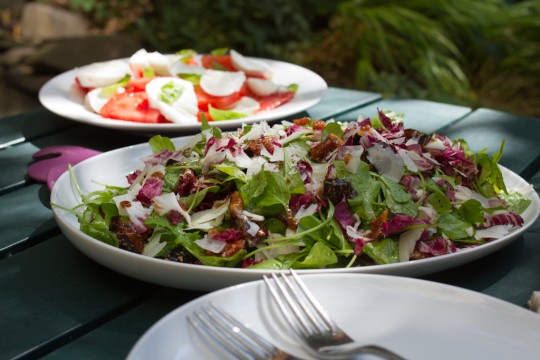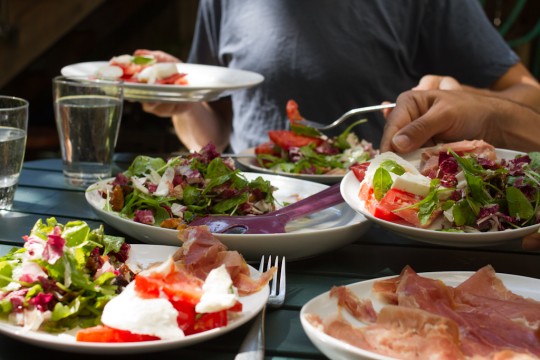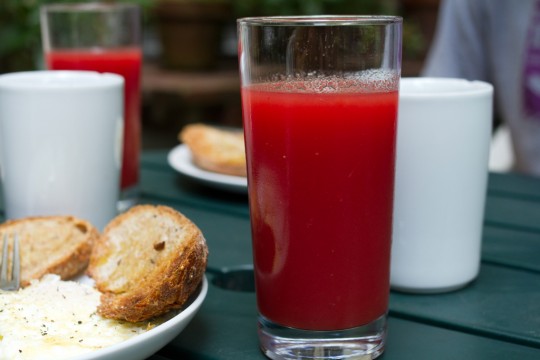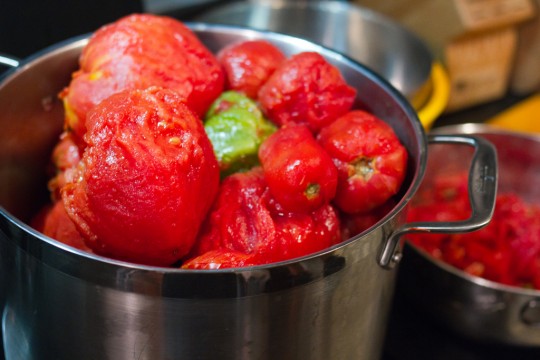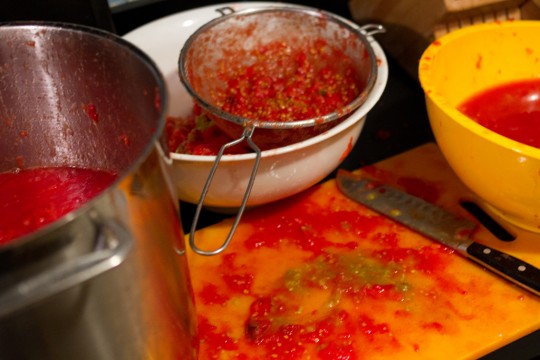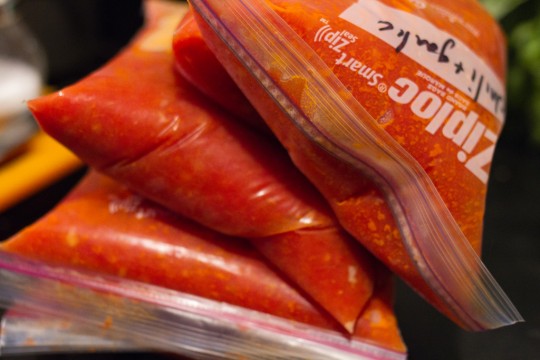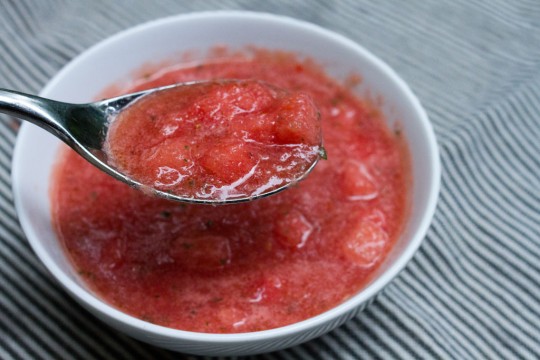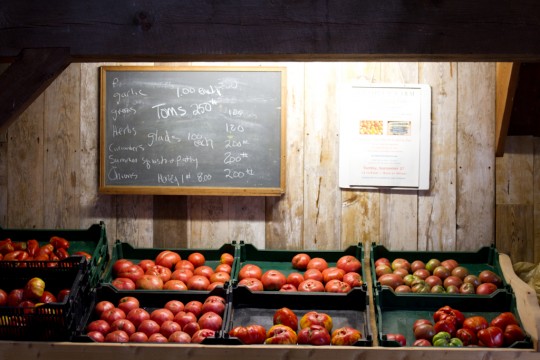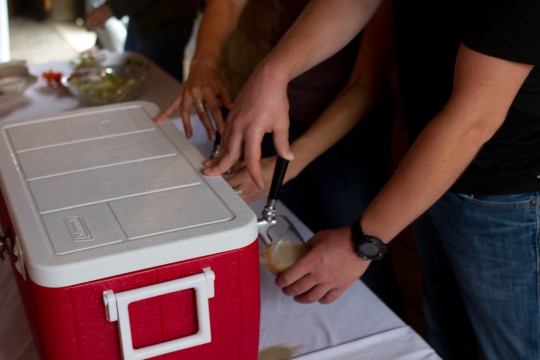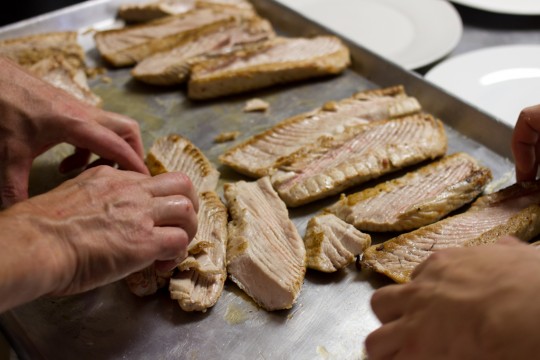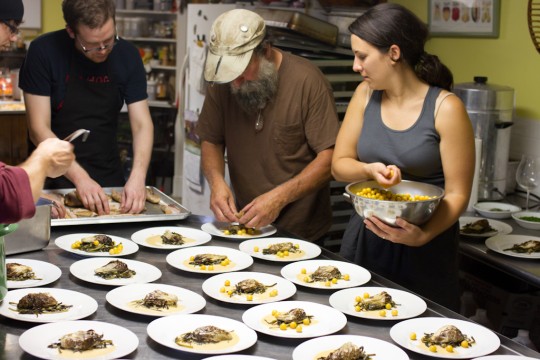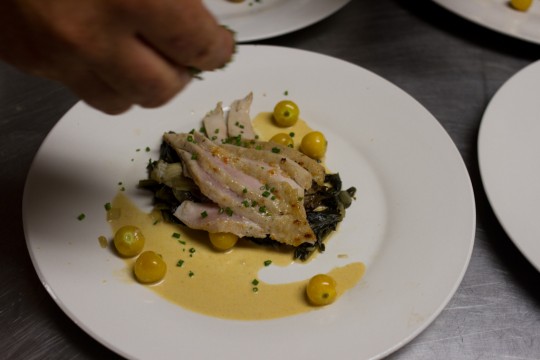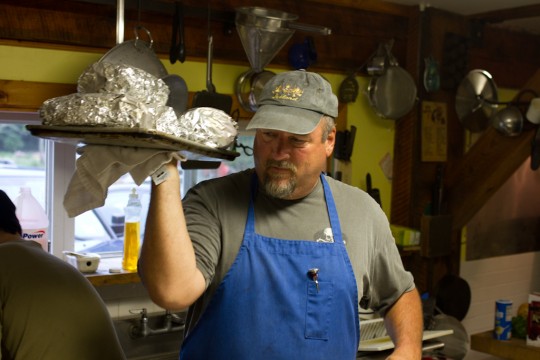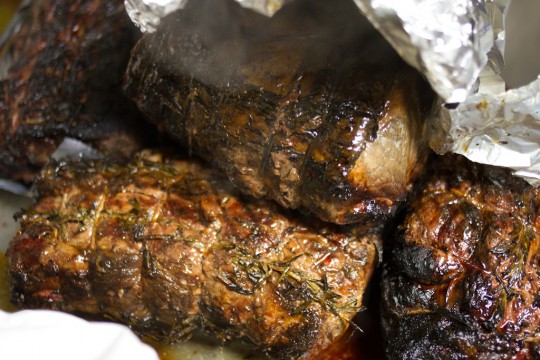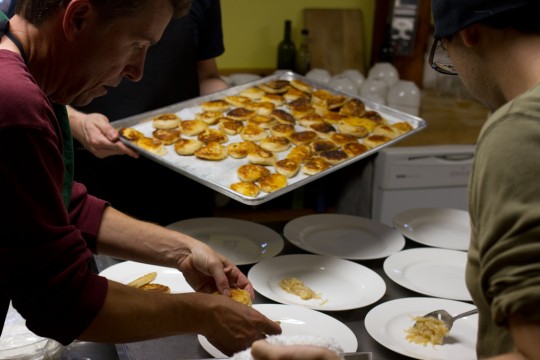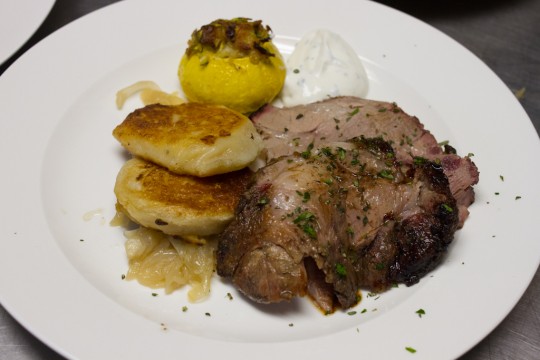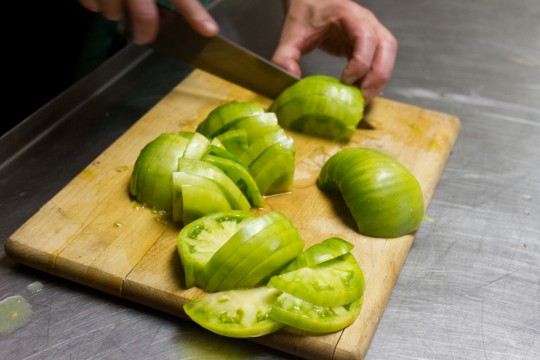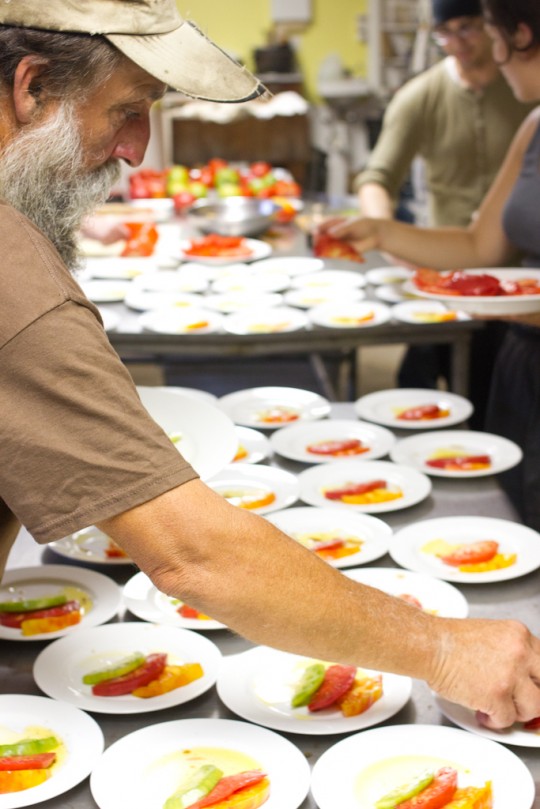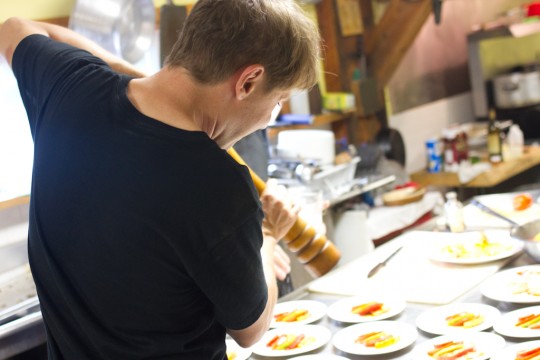The outpouring of support for farmers and farms flooded by Irene has been inspiring. Last week I wrote a post about my friend Ray Bradley and neighboring farmers in New Paltz who lost nearly everything in the storm. Many people shared the story – thank you all for spreading the word – and many asked me “how can I help?”

A week and half after the storms, the damage reports aren’t any better. In fact, maybe they’re worse. Some crops weren’t washed away that farmers hoped to salvage for harvest, but the FDA and NYS department of agriculture and markets have ruled that any produce that came in contact with flood waters could not be used for human or animal consumption. It will be Spring before food grown in those flooded fields will be harvested and sold to us at market.
I overheard some people at the Greenmarket last Saturday commenting that one of the farmers must not have been hit that hard, because she had plenty for sale at her market stand. In fact, that particular farmer did indeed lose nearly everything in the flood. The food for sale was what she managed to harvest and store before the storm. In the weeks and months to come we’ll see tables at the market growing empty. We have only begun to realize the true devastation that these farmers will feel when they have little to nothing to bring to market.
Fall is what we work for and look forward to all year; it’s the season that our work and preparation pays off. – Deborah Kavakos of Stoneledge Farm (via Mark Bittman, NYT)
People are rallying and fund-raising efforts and events are starting to come together to support farmers in need. Here’s a list of ways you can contribute to hurricane relief (I’ll continue to update this list, so check back again):
- GrowNYC is accepting donations to “Help Greenmarket Farmers Weather Hurricane Irene”. 100% of all donations will directly support Greenmarket farmers impacted by Hurricane Irene. Check it out and give what you can.
- Dine Out Irene was an event on September 25, 2011 where participating New York City restaurants will give up to 10% of their sales to Just Food and GrowNYC to benefit NY area farmers hard hit by the hurricane. Check out the Dine out Irene website for the list of amazing participating restaurants and to see the fundraising tally.
- Bradley Farm hosted a t-shirt design contest to show support for (my friend and farmer) Ray. The t-shirts are for sale and you can also make a direct donation through the Bradley Farm website.
- Evolutionary Organics farmer Kira Kinney has set up a myregistry.com page where you can donate needed items like chicken feed, seeds, greenhouse fuel, or make a cash donation to help keep the farm afloat.
- The town of New Paltz is organizing 2 events to support local farmers: A Kick-Off Pot Luck with local bands, chefs and raffles contributed by local businesses on October 2nd and an All Day Benefit Concert on October 16th. You can get more info and RSVP for these events here.
- JustFood is also accepting donations on behalf of regional farmers affected by Irene. Select “Hurricane Relief” under ‘Program Designation’ in order to allocate your donation to helping farms recover.
- The Regional Farm and Food Project is a member supported, farmer focused, non-profit serving the greater Hudson-Mohawk Valley food shed of New York State. They are collecting donations to be dispersed to farmers via causes.com
- Denison Farm and Kilpatrick Family Farm are two big certified naturally grown farms, with CSA Programs in Upstate NY. You can support them through a fundraiser via the From Scratch Club website. Make a donation of any size by October 15th and you’ll be entered in a raffle to win one of a number of amazing gift baskets stuffed with local foods and other treats.
-
NYC Greenmarkets are now accepting in-kind donations for upstate communities impacted by tropical storms Irene and Lee. With damaged roads and bridges, lack of access to supermarkets, inadequate transportation and high gas prices, many residents are going to face critical food and supply shortages in the upcoming months. Donations will be distributed to communities most in need by the New York State Regional Food Bank. Check for market locations and times.
*Email me at if you are organizing, or know of, additional campaigns or events to be added to this list.

GrowNYC has a growing list of Greenmarket farmers affected by the storm.
Opening the Floodgates posts “Help for our farmer friends after Hurricane Irene”
If you’re wanting to lend an actual hand (or 2) check out volunteer opportunities from Crop Mob NYC.
Related post: Locavorism and The Flooding of Local Farms



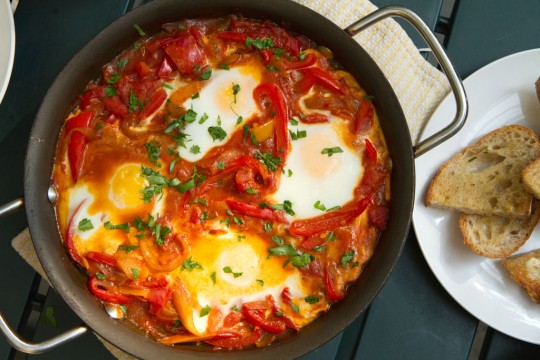
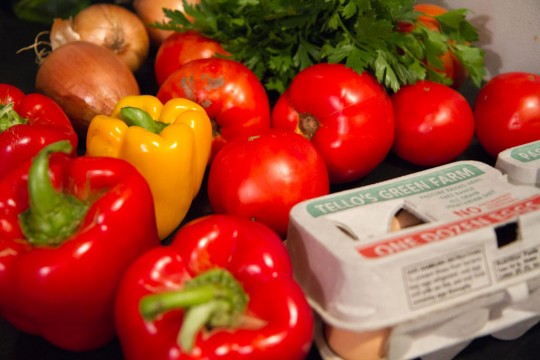
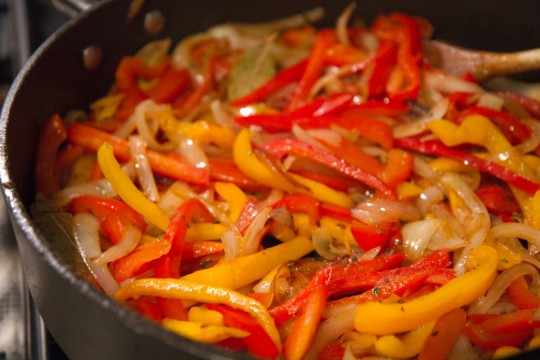

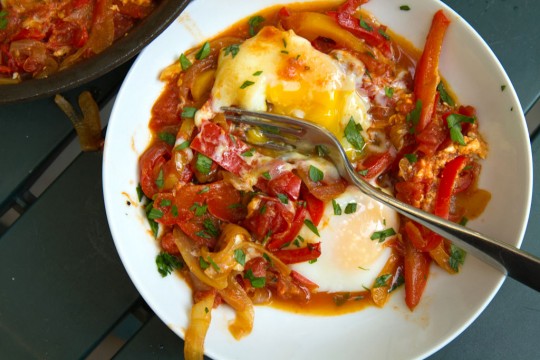
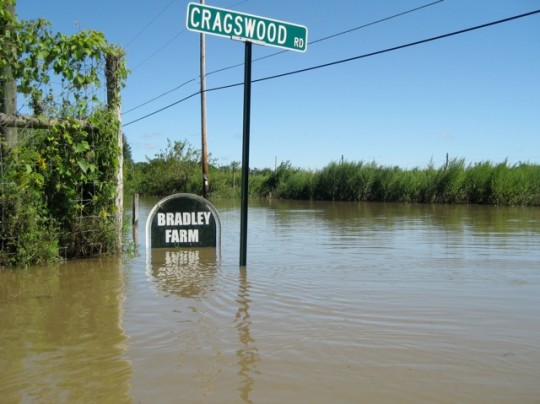



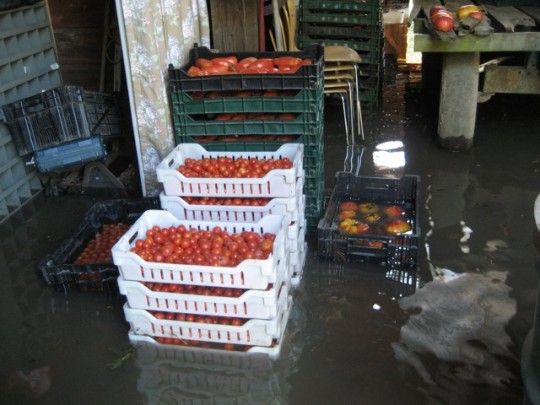
 NOFA NY is a great organization that works to band together consumers, gardeners, and farmers working together to create a sustainable regional food system and make good food available to all people. Part of my pledge to the Locavore challenge is to spread the word. So I am encouraging you to like them on
NOFA NY is a great organization that works to band together consumers, gardeners, and farmers working together to create a sustainable regional food system and make good food available to all people. Part of my pledge to the Locavore challenge is to spread the word. So I am encouraging you to like them on 